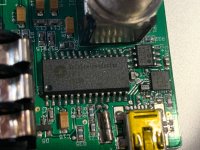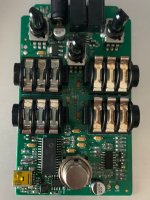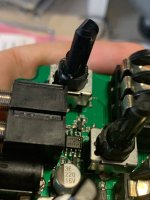Almost all pedals that use the fv-1, and def all of them on this site, read their programs from a generic EPROM chip (24LC32), which can store eight distinct programs. If you have any fv-1 pedal that has a socket for that eprom, then yes you can swap it out with your own programs. I have done this with some commercial pedals.
The Spin development board is the easiest way to develop and test your own programs. It also has an fv-1, stereo analog i/o, and three pots, so you can also use it to test your programs. It's the easiest way because it also connects to the Spin IDE on Windows with no fuss.
Look, a "program" can be in the form of source code you got off github or wrote yourself, or it can be compiled into the binary file that goes on the EPROM. You need to use the Spin IDE to compile or one of the alternate, open-source compilers. Some people (this site included I think) will only provide the binaries so that you can burn them, but their source code remains proprietary. If you have a binary then you can write it, but you can't modify it. Well you can, but this isn't the advanced class.
To get started:
- Get your hands on the dev board and probably a pedal, and download the spin ide.
- Get some program you're interested in, probably from here: https://mstratman.github.io/fv1-programs/ , and figure out how to compile it, burn the EPROM, and test it.
- Make some code changes and figure out what they do.
- Read the whole fv-1 datasheet, programming manual and examples on their site.
- Start writing your own programs for real.
If you don't want to spend the $100 on the dev board, and you are decent with a terminal, git, python and the such, there are other ways.



